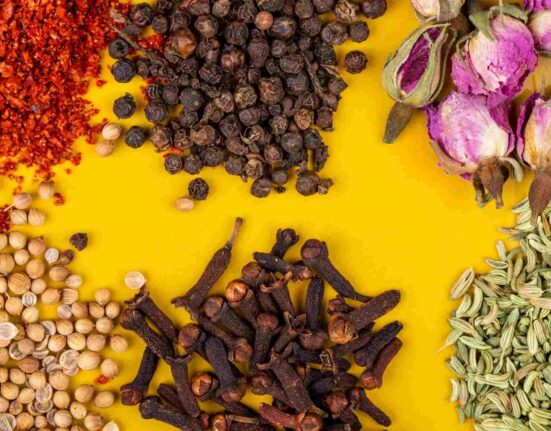Dehydration of fruits and vegetables is considered as one of the oldest forms of food preservation techniques. The primary reason for dehydration is food preservation but the dehydration of vegetables and fruits also helps in lowering the cost of packaging, transportation as well as storing by decreasing the weight and volume of the final product. Nowadays, the potential of dehydrated fruits and vegetables has increased than before.
One can easily get different dehydrated fruits and vegetables from Delixious who is one of the leading dehydrated vegetable and fruits manufacturers. The dehydrated gooseberry manufacturers provide fresh and quality gooseberry at very reasonable price.
Process Of Dehydration
A variety of processes can be used for producing dehydrated fruits as well as vegetables. The processes are mainly distinguished by the type of drying method used, type of the food and also the type of characteristics of the final product. The dehydrated fruits and vegetables undergo under the following process steps like pre-drying treatments, drying or dehydration as well as packaging.
Pre Drying Treatments
It is the first step where the preparation of the raw product for dehydration is done including color preservation. The preparation of raw product includes washing, sorting, peeling, cutting into the appropriate form as well as blanching. The fruits and vegetables are selected and then sorted according to size. Once they are sorted they are properly washed in order to make sure that they are free from dust, dirt, plant parts, insect matter as well as mold spores to ensure that any material does not affect the color, aroma as well as flavor of the fruit or vegetable. In vegetables, the undesirable parts are peeled during the washing process. Before dehydration, in fruits, only the apples, bananas, pineapples as well as pears are mainly peeled. To remove the natural waxy surface coating for enhancing the drying process, fruits like grapes as well as prunes are dipped in an alkali solution.
The last step in this treatment is color preservation. Most of the fruits are treated with sulfur dioxide in order to ensure it’s preservative and antioxidants effects.
Dehydration Process
It is the primary stage in the production of dehydrated fruits as well as vegetables. In this process, the removal of the majority of water contained in fruits and vegetables is done. There are mainly three types of drying processes: sun and solar drying, continuous process and sub-atmospheric dehydration. In sun drying the power of sun is used for removing moisture from the food. The continuous process is mainly utilized for vegetable dehydration. While the sub-atmospheric dehydration takes place at low air pressures; its main motive is to remove the moisture under ambient conditions at less than boiling point.
Post dehydration Treatments
This treatment includes screening, sweating, inspection, instantiation treatments as well as packaging. Sweating holds the dehydrated product in bins to equalize the moisture content; screening helps in removing dehydrated pieces of unwanted sizes; instantiation treatments help in improving the re-hydration rate of low-moisture product as well as packaging is common for all dehydrated products and helps in influencing the shelf life of the dried product.
Therefore, these are important steps involved in dehydration process. Delixious is recognized as the leading dehydrated carrot manufacturers who offer optimum quality vegetable picked from best agricultural experts.





